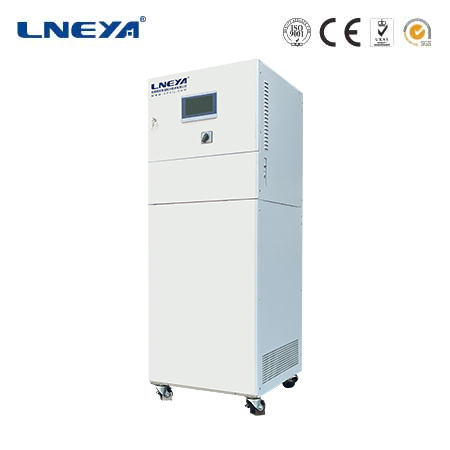chiller system working
Understanding the Working of Chiller Systems
Chiller systems are an essential part of modern heating, ventilation, and air conditioning (HVAC) infrastructure, providing cooling to commercial buildings, industrial processes, and data centers. These systems operate based on the principles of vapor compression refrigeration, which involves the circulation of a refrigerant to absorb and remove heat from the environment. This article delves into the workings of chiller systems, explaining the components involved and the processes that make them effective cooling solutions.

Components of a Chiller System
A typical chiller system comprises several key components:
Compressor: The compressor raises the pressure and temperature of the refrigerant, facilitating the heat transfer process.
Condenser: The hot, high-pressure refrigerant gas from the compressor releases heat to the surrounding environment in the condenser, typically through the use of cooling water or air.
Expansion Valve: This valve controls the flow of refrigerant and rapidly reduces its pressure, causing it to cool and partially evaporate.
Evaporator: The refrigerant absorbs heat from the chilled water or glycol in the evaporator, cooling it to the desired temperature.

Pumps: Circulation pumps move the chilled water or glycol through the system, distributing the cooled fluid to heat exchangers or coils in the spaces to be cooled.
The Refrigeration Cycle
The chiller system operates through a continuous refrigeration cycle:
Compression: The refrigerant is compressed in the compressor, increasing its temperature and pressure.
Condensation: The hot refrigerant gas enters the condenser, where it releases heat to the cooling medium, such as water from a cooling tower or ambient air.
Expansion: The high-pressure liquid refrigerant passes through the expansion valve, where it experiences a sudden drop in pressure, causing it to cool and partially evaporate.
Evaporation: In the evaporator, the cold refrigerant absorbs heat from the chilled water or glycol, which is then circulated to cool the spaces.
Return: The refrigerant returns to the compressor, and the cycle repeats.

Types of Chiller Systems
Air-Cooled Chillers: These systems use air to dissipate heat from the condenser, making them suitable for areas with limited water resources.
Water-Cooled Chillers: More efficient for larger cooling loads, these systems use water from a cooling tower or another water source to reject heat.
Evaporative-Cooled Chillers: These systems use a combination of air and water to cool the condenser, providing energy savings in dry climates.
Applications of Chiller Systems
Chiller systems are used in a variety of applications, including:
HVAC Systems: In commercial buildings, chiller systems provide cooling for air conditioning by circulating chilled water through air handling units.
Industrial Processes: In manufacturing, chiller systems maintain optimal temperatures for processes such as chemical reactions, food processing, and plastic molding.
Data Centers: Chiller systems are crucial for cooling server rooms, ensuring the efficient operation of IT equipment and preventing overheating.
Conclusion
Chiller systems play a critical role in providing cooling in various environments. Their efficient operation depends on the seamless interaction of components within the refrigeration cycle. Understanding how chiller systems work is essential for designing, selecting, and maintaining these systems to ensure optimal performance and energy efficiency. As technology advances, the efficiency and sustainability of chiller systems continue to improve, making them a key component in modern cooling applications.
Related recommendations
chiller for injection molding machine
273Injection molding is a process where molten plastic is injected into a mold to produce various plastic parts. An essential component of this process is the chiller, which is responsible for coolin...
View detailscooling & heating
6I. IntroductionCooling and heating are two processes that play a pivotal role in our daily lives. They are not only crucial for maintaining comfortable living and working conditions but also esse...
View detailswater recirculation cooler
202Introduction to Water Recirculation CoolersWater recirculation coolers are essential in maintaining a stable temperature in various industrial and laboratory processes. These systems work by circu...
View detailsindustrial chillers uk
237Industrial Chillers UK: Market Growth, Innovations, and Sustainability The United Kingdom's industrial chiller market is a dynamic sector that is experiencing significant growth due to the incr...
View details
 LNEYA Thermal Test Chillers
LNEYA Thermal Test Chillers






HelloPlease log in